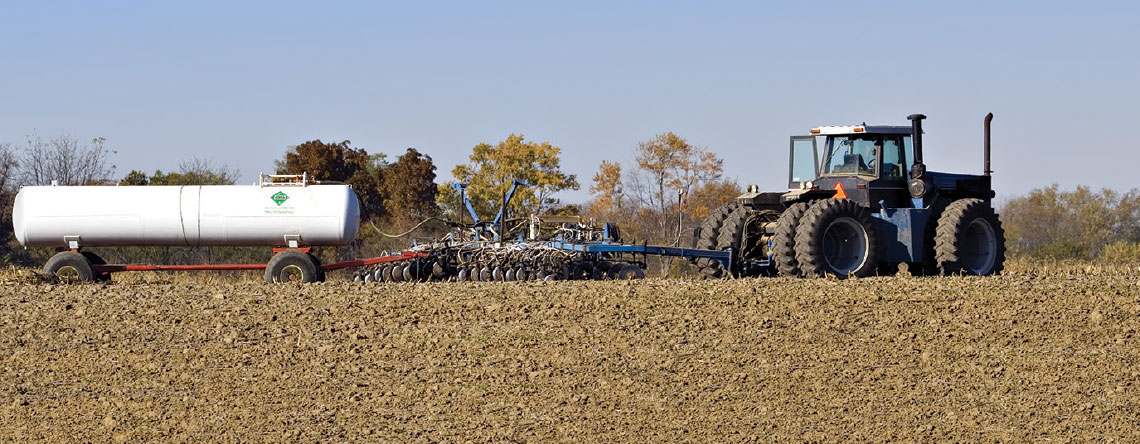When members faced challenges, CAAR was there to help.
“We had an opportunity to help a couple of our members in a bigger way this year,” says CAAR president and CEO Delaney Ross Burtnack. “This was truly exciting, because working with agri-retailers in tangible, practical ways and helping them where they might not be able to have the same impact themselves – that’s what CAAR is here for.”
Rack Petroleum
Rack Petroleum, a CAAR member and agri-retailer in Saskatchewan, lost their Emergency Response Assistance Plan (ERAP) support that had been offered through a supplier. The cost to the organization to furnish their own ERAP system would have been significant and prohibitive – so they turned to CAAR.
“We were able to find some other retailers who wanted to get involved, and we facilitated them forming a sort of network,” says Burtnack. “Ultimately, Rack saved approximately $30,000 in developing this self-sustaining system.”
Twin Valley Coop Ltd.
CAAR member Twin Valley found themselves in an unfortunate situation in 2015, when one of their ammonia storage tanks was slated to be decommissioned late in the season. A replacement tank was located in Alberta – the trouble was, Twin Valley is in Manitoba.
Bruce Koroscil, Twin Valley agro purchasing manager, explains the trouble with shipping the tank. “It was registered for Alberta, not Manitoba. The normal process is about a 10 week delay between submitting, and when your request would be approved.”
CAAR was able to step in and expedite the process, in order to save Twin Valley crucial fall application time. “Delaney helped us in drafting a letter and forwarded it to the Manitoba inspector,” says Koroscil. “The letter got sent on a Friday, and by early Monday we had the tank approved to be sent to Manitoba.”
Without CAAR’s assistance, Koroscil is certain the fall season would have been challenging. “It would have affected us dramatically” he says. “One of our locations would have had to haul the product from a greater distance, or would have potentially had producers in the area who couldn’t get service.”
“Any product that you don’t get applied in the fall, it’s basically impossible to make it up in the spring season. That would have meant lost sales to a competitor, or forcing producers to switch to another product that maybe wasn’t their preference. That window was very crucial.”
Read about CAAR's other achievements in 2015
Related Articles
- Industry Trends Canadian fertilizer shipments and farm operations expenses continue to grow year over year. Fertilizer shipments to Canadian agriculture markets, by nutrient content and fertilizer year, cumulative data. Fertilize...
- Fitting Foliars into the 4Rs Choosing the right source, at the right rate, at the right time and in the right place works well in traditional soil fertilizer application, but can the principles of the 4R Nutrient Stewardship program be applied t...
- Tours and Tradeshows Take Virtual Format In the summer of 2019, sales reps, retailers and farmers gathered at demonstration plots across the country, taking advantage of the opportunity to see in person how crop inputs work in the field and to build relatio...
- Empowering Farmers to Build Public Trust Retailers are finding new ways to help farmers share their story. According to research done in 2019 by the Canadian Centre for Food Integrity (CCFI), public trust in Canada’s food supply is dropping and, if we wa...
- Going Omni-Channel Omni-channel business tactics are increasingly prevalent in ag retail. Ag retailers, along with suppliers and co-operative partners are increasingly using digital platforms to do business with farm customers. Usin...
 How to resolve AdBlock issue?
How to resolve AdBlock issue? 
Join the discussion...
You must be logged in as a CAAR member to comment.
Report
My comments